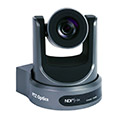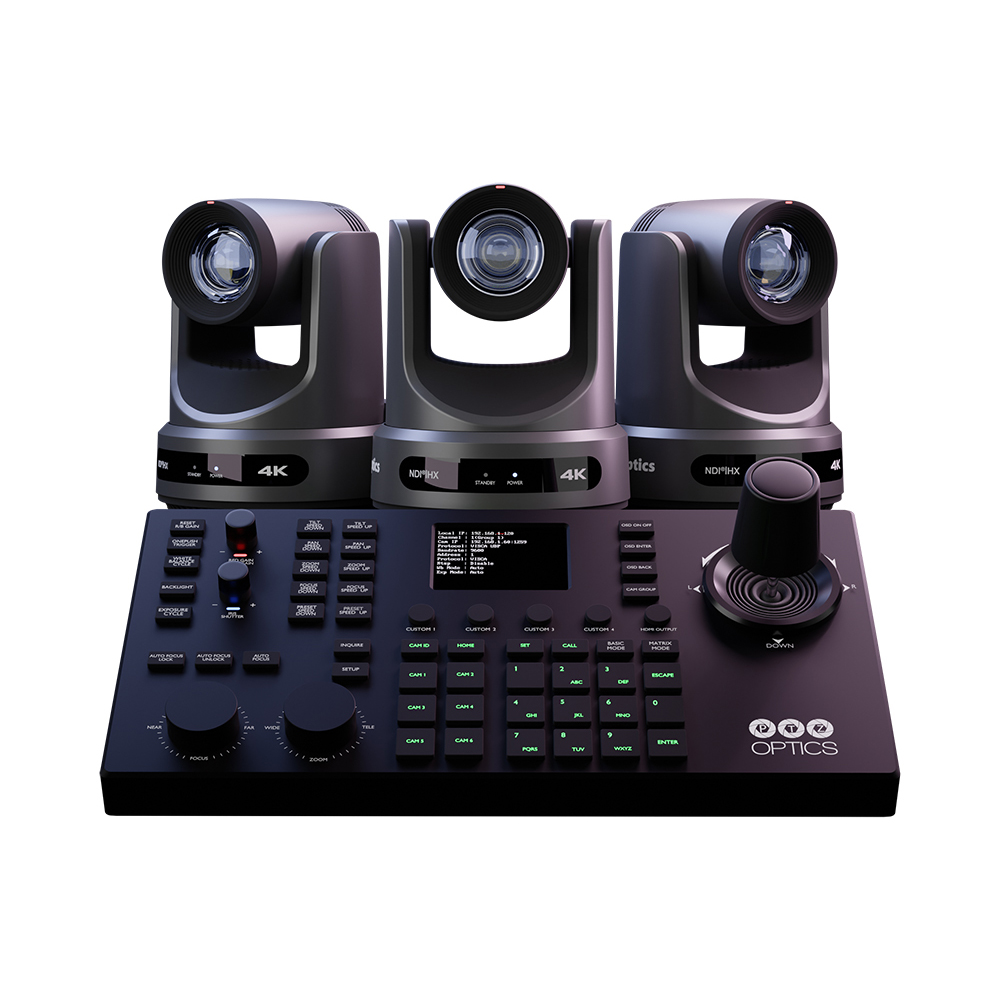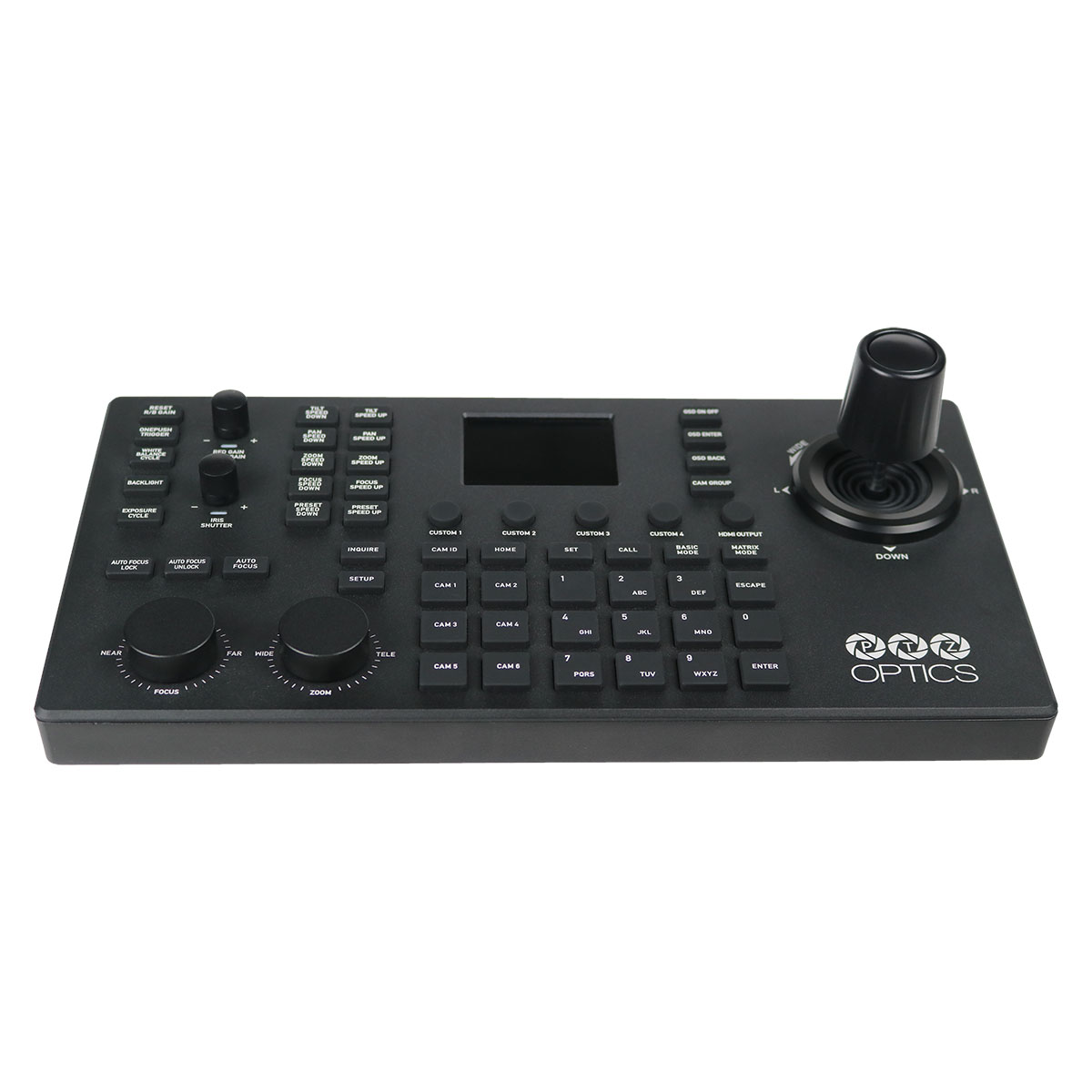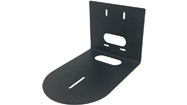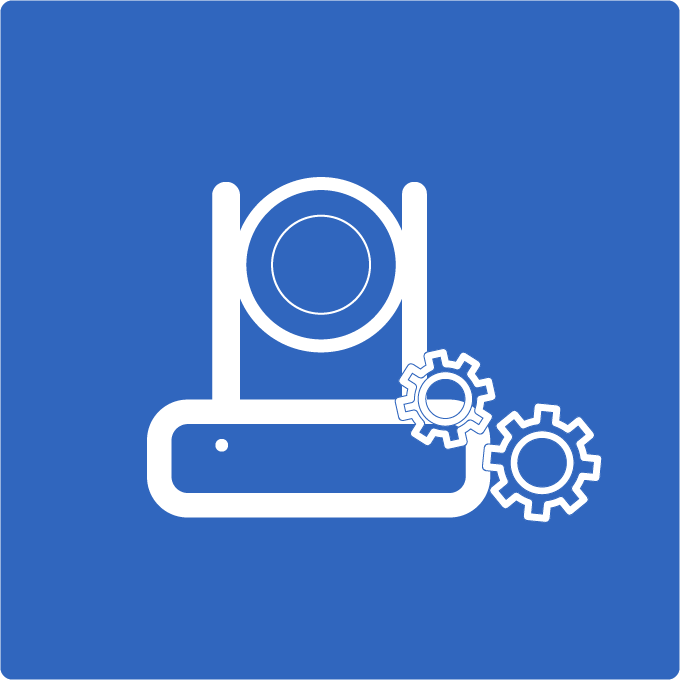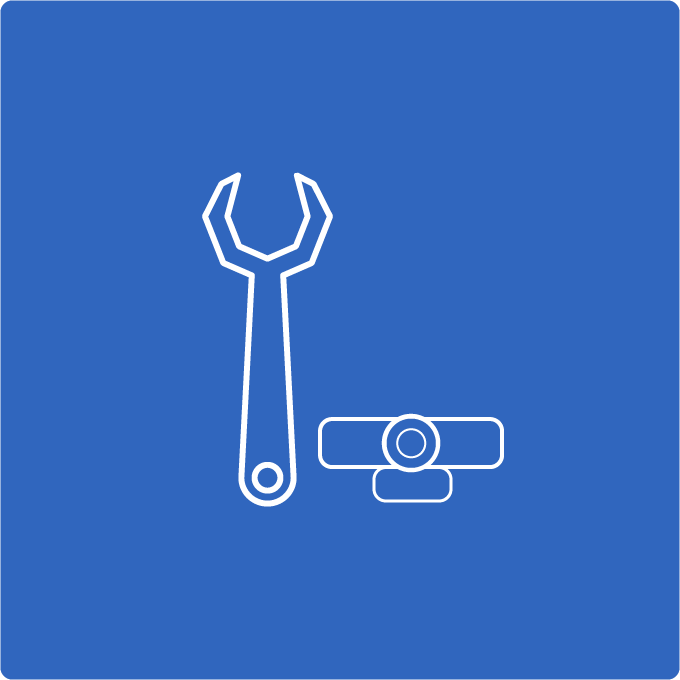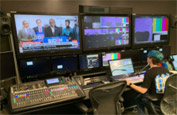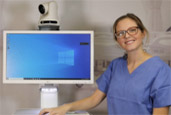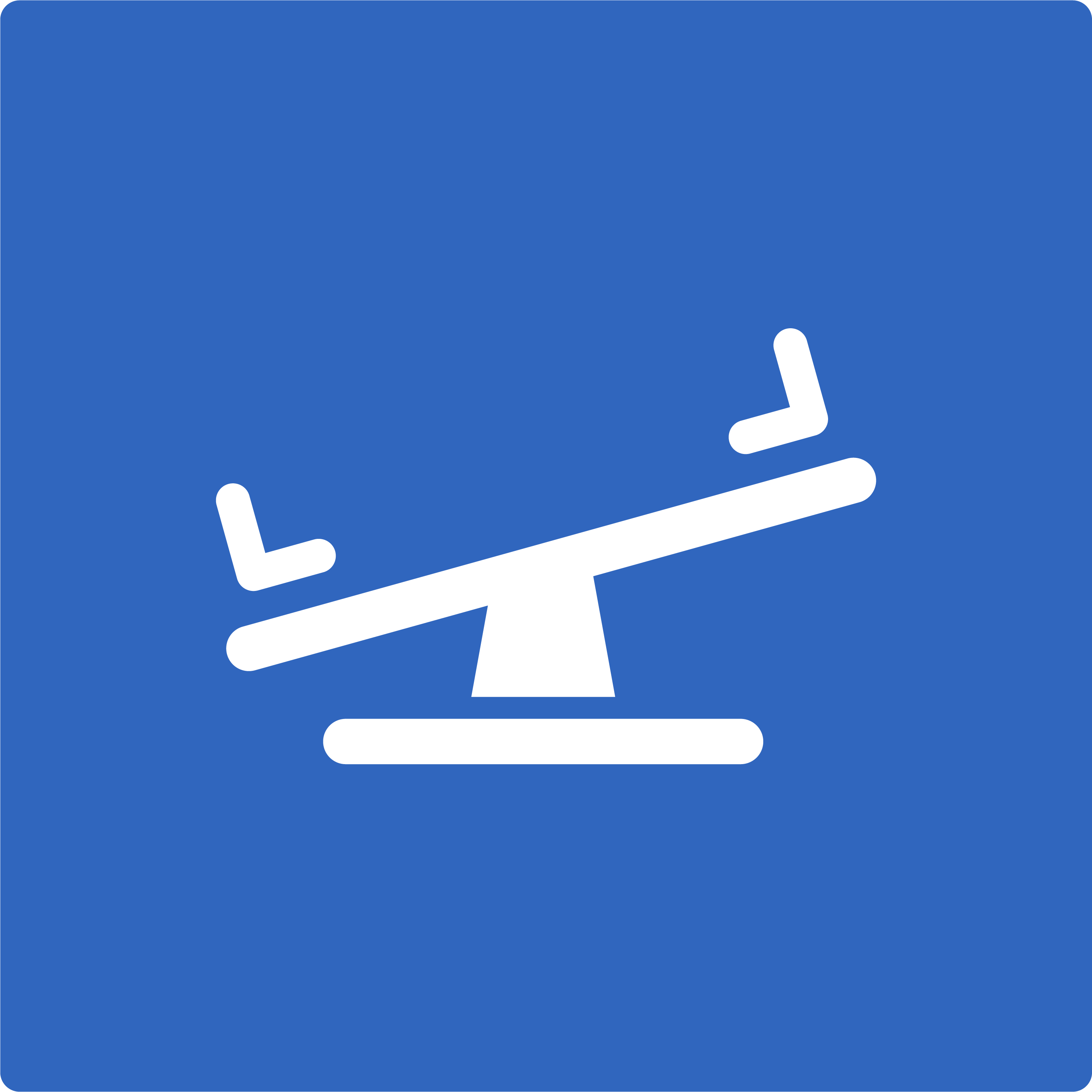Choosing a PTZ Camera for Your Church
If your church is ready to begin live streaming or broadcasting your worship services, you have some decisions to make. One of the first decisions will be about your cameras. If you have a small worship space, you may want a simple, one-camera setup. For larger spaces, a more advanced multi-camera setup may be appropriate. No matter what, the cameras you choose will be some of the most critical components of your installation.
One of the most functional and versatile options for churches of all sizes is the PTZ (Pan, Tilt, Zoom) camera. PTZ cameras are named for their ability to handle basic camera movements remotely. That means you will have the functionality of a large camera setup and camera operation team while using much less space. You will also have the convenience of being able to run more than one camera from a single control location.
So, how do you go about choosing a PTZ camera for your church? The process can be simple if you answer a few questions.
Question 1: How Many Cameras?
The number of cameras you need for your church will depend on the size and layout of your worship space, your plans for producing your stream or broadcast, and your budget. Small spaces can often get away with one or two cameras. Larger areas may require more to be able to capture both the overall room and close-ups of what is happening up front. Churches that want to include more production elements, such as close-ups of musicians, multiple points of view of the pastor, or visuals of the congregation may decide they need several. Of course, your available budget may be the primary determinant of where you start. It is essential, to begin with, a number because it will help determine where your cameras will be connected and how they will be controlled.
PTZ cameras have become very popular in churches because a single camera can capture multiple angles which can be set up by a remote operator. Therefore if you place a camera in the center of your church, it may be used to zoom into the pastor during certain portions of your video recordings, but it may also be used to focus on the choir. Careful placement of PTZ cameras inside of your church can reduce the overall amount of cameras that you need to capture the views you are looking for.

Question 2: How Will You Connect Your Cameras?
PTZ Cameras can connect to the rest of your setup in several ways, HDMI, SDI, USB, and IP. Choosing the right connection will depend on at least two factors: the rest of your streaming or broadcasting setup, and the distance to your cameras. PTZ cameras can work with a broadcast video switcher, be plugged directly into streaming appliances, or broadcast directly to a content delivery network (Such as Facebook or YouTube) or streaming service. The first step will be determining what connections will be compatible with your setup. Distance is the next issue as different types of connections have different distance limitations. HDMI cables can travel up to 50′ without the need for extenders. SDI can send signals up to 1000′ without any signal loss. USB is the most limited connection losing signal after just a few feet. Network cables for IP connections can reach up to 328′ or 100 meters. Keep in mind that when running cable, it can rarely travel in a straight line.
Many churches that are creating new installations for video production projects are leveraging a new standard called the NewTek NDI. This video standard allows cameras to send video, audio, and PTZ camera controls over a single ethernet cable. Therefore, if your camera installation location is within 100 meters or 328 feet from your networking equipment, you can simply run a single ethernet cable to your camera. Most of the industries top video production switchers and software support NDI including OBS (Open Broadcaster Software), Wirecast, vMix, Livestream Studio, TriCaster, MimoLive, xSplit, Skype and many more. PTZOptics NDI cameras may be a great solution for reducing the number of cables required to set up your next live streaming system.
Question 3: How Close Can You Get?
One of the biggest mistakes churches make when selecting cameras is not choosing a high enough zoom level. Optical zoom is the ability to enhance the image magnification coming to your cameras image sensor without digitally losing quality like you would with digital zoom. Especially when people are viewing streams on computers and mobile devices, it may be important to have a tight shot of the person speaking, singing, or otherwise participating in worship. If your cameras need to be a significant distance from the leaders on the chancel or stage, you will need a high level of zoom to get a useful image. Fortunately, PTZ cameras are available in 12X, 20X, and 30X optical zoom. You can check out PTZOptics Zoom Calculator at the bottom of each camera page, for example here. A 30X optical zoom PTZ camera can capture a pastor’s head and shoulders from up to 75 feet away.
There are other things to consider when setting up your system. For instance, what method you will use to control the cameras and how you will switch between multiple cameras (if you choose more than one.) However, these three questions will help you get started on choosing one of the most important parts of your streaming or broadcast setup.

Question 4: How Will You Control the Cameras?
Perhaps the easiest way to control a PTZ camera is to use the video production software you are already using for live streaming or recording your services. PTZOptics currently supports vMix, Wirecast, OBS, TriCaster, Livestream Studio, MimoLive, and Ecamm. Setting up your PTZ camera to be controlled with one of these software solutions is quite easy. The first thing you will want to do is set up a static IP address for your camera. Once you have your static IP address you can use this information to connect to your cameras with any of these video production software packages. Software such as OBS includes PTZ camera controls in multiple ways. For example, you can use the PTZOptics plugin which includes XBox camera control capabilities or you can use the OBS browser docks. You can learn more about the PTZOptics OBS plugin here. Other video production software solutions such as vMix provide the ability to create clickable thumbnails which will automatically have the camera navigate to the specific PTZ preset location that you have set up. A PTZ Preset (Pan, Tilt, Zoom) is a specific area of interest that the camera can focus in on which can be recalled with the click of a button.
PTZOptics also features iOS and Android smartphone apps which can be used to control your PTZ cameras inside the church. If your church has an iPad or Android touch screen, you can easily set up a volunteer to run your PTZ cameras during service or recorded video sessions. While iOS and Android apps are great for mobile phones and tablets, many churches prefer to have a dedicated joystick controller for PTZ camera operations. That is why PTZOptics also offers IP Joystick Controllers and regular Joystick Controllers. These PTZ joystick controllers offer the ability to plug directly into PTZ cameras and control them from great distances. The IP joystick, for example, has the ability to control multiple cameras from anywhere on your network. These cameras could very far away in nursing areas, cry rooms, sanctuaries and other places inside or outside your church.
Question 5: How Will You Mount the Cameras?
Finally, let’s consider a few ways that you can mount PTZ cameras discreetly inside your church without the need for distracting tripods. First of all you can wall mount your PTZ cameras with a PTZOptics Wall Mount. These wall mounts are available in either white or black so that they can match your camera color and wall color. Aesthetics are very important, and color matched equipment and mounting hardware can make a big difference in a holy place. If your church has vaulted ceilings and you are looking for ways to attached PTZ cameras to a pole mount you can learn more about our pole mount solutions here. Pole mounts can be ideal for churches with high ceilings because the camera can come down from the ceiling safely a good 10-15 feet. Another option is a ceiling mount solution.
Conclusion:

I would like to leave you with a video from Mike Givler of the Olivet Methodist Church in Coatesville, Pennsylvania. His church has had enormous success with their live streaming system and his words of encouragement you may find helpful. If you are interested in learning more about helping your church live stream, I would suggest reading this book “Helping Your Church Live Stream” and downloading a free copy here.
[xyz-ihs snippet=”Church-Blog”]

